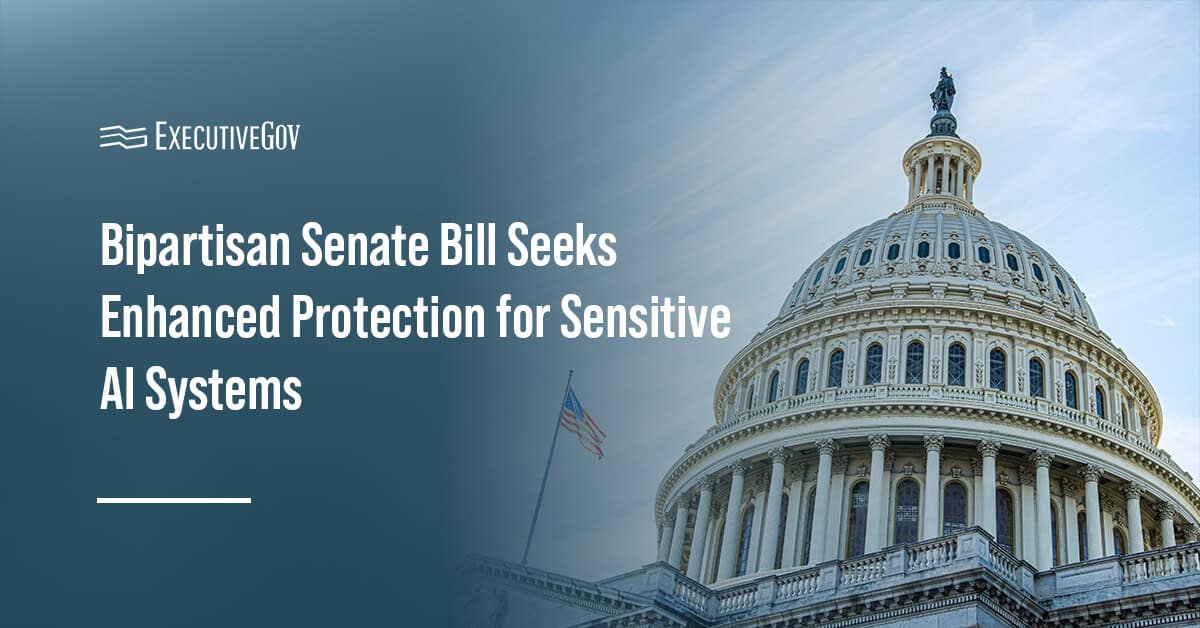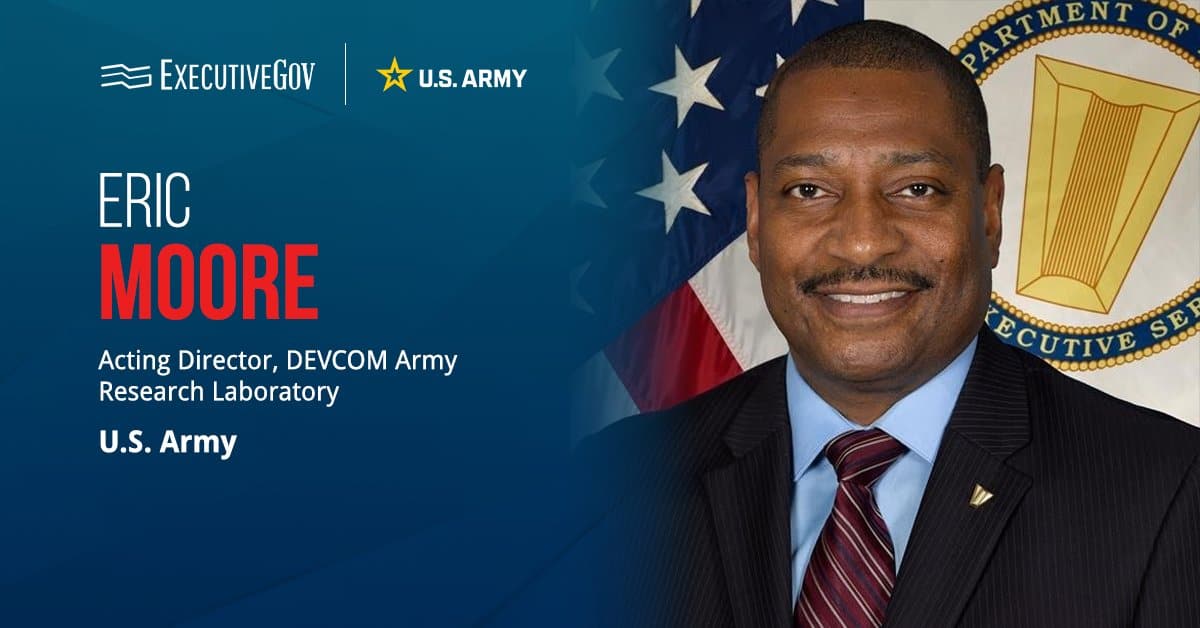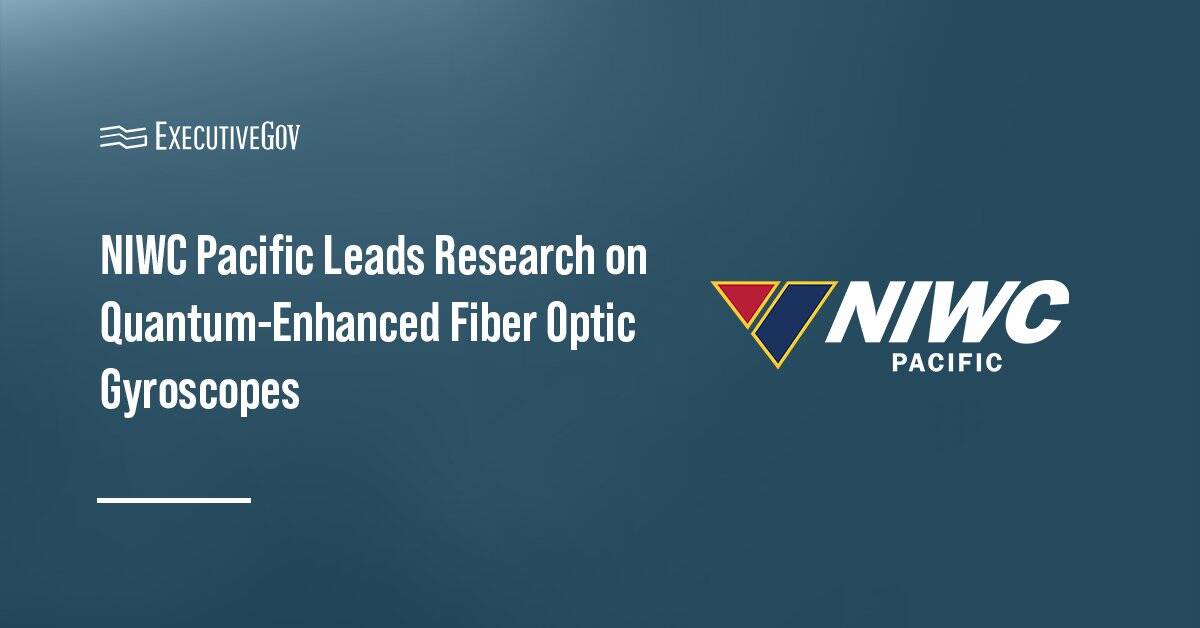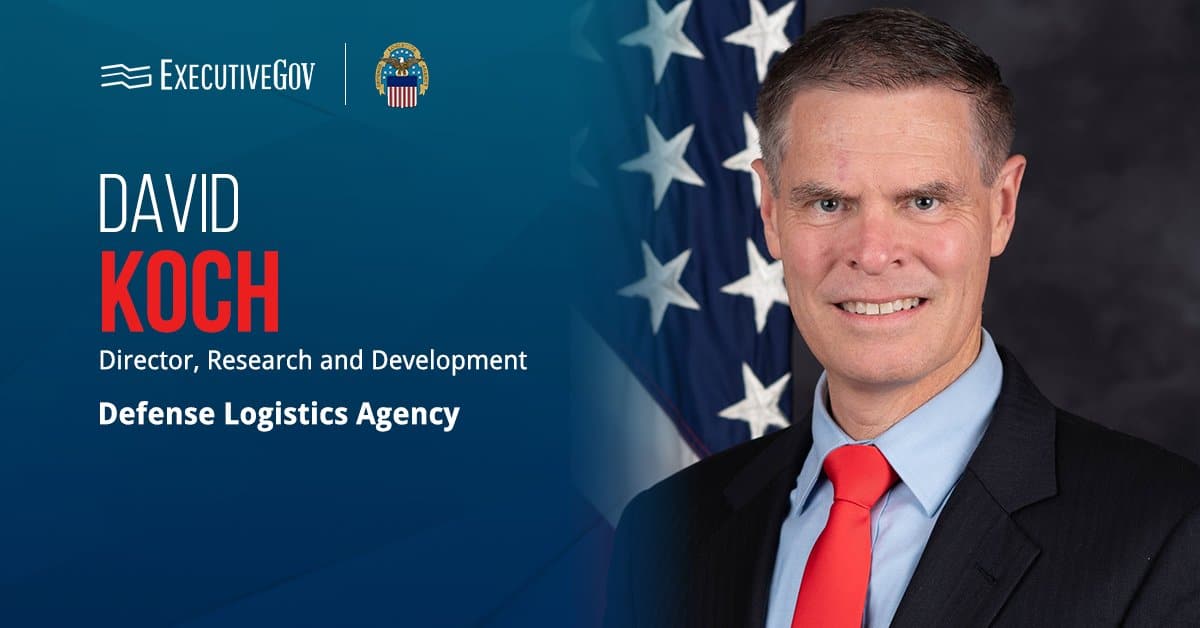Brig. Gen. Reid Novotny announced on LinkedIn Monday that he has been appointed chief artificial intelligence officer at the U.S. Cyber Command.
Get to meet AI experts and leaders from the government, military and the GovCon industry at the Potomac Officers Club’s 2026 Artificial Intelligence Summit on March 19 and learn how the fast-moving surge of AI is transforming decision-making, operations and complex systems across the federal and defense sectors.
In this capacity, Novotny will lead AI integration to reinforce cyber forces, enhance decision-making and bolster national security. He will focus on responsible innovation, rapid deployment of advanced capabilities and cultivation of strong partnerships across the Department of Defense, industry and academia.
Who Is Reid Novotny?
Novotny also serves as DOD Cyber Force generation lead. He was most recently a senior military policy adviser at the Office of the National Cyber Director. Before that, he served as director of intelligence and cyber effects operations at the National Guard Bureau, deputy J5 at the USCC and joint staff J6 for IT and cyber at the Maryland National Guard.
He worked as a strategic legislative communication assistant in the House of Representatives. He served in the Air Force, holding senior roles such as SAF chief information officer/A6 director of staff, and executive communications for the chief of staff and secretary of the Air Force.
Novotny spent three years as an executive assistant to the CEO of the Defense Information Systems Agency. Earlier in his career, he served as an Air Force crew commander.
“We are living in a pivotal moment in world history—one where artificial intelligence is rapidly maturing and reshaping how nations compete, how militaries operate, and how adversaries seek advantage. The pace of change is unprecedented, and our responsibility to meet this moment with clarity, discipline, and purpose has never been greater,” said Novotny.

















